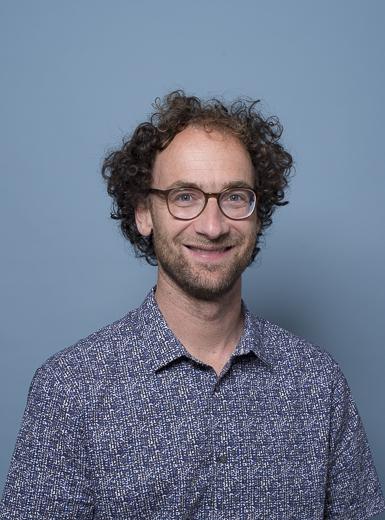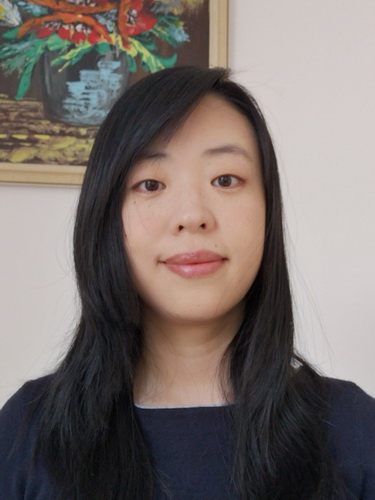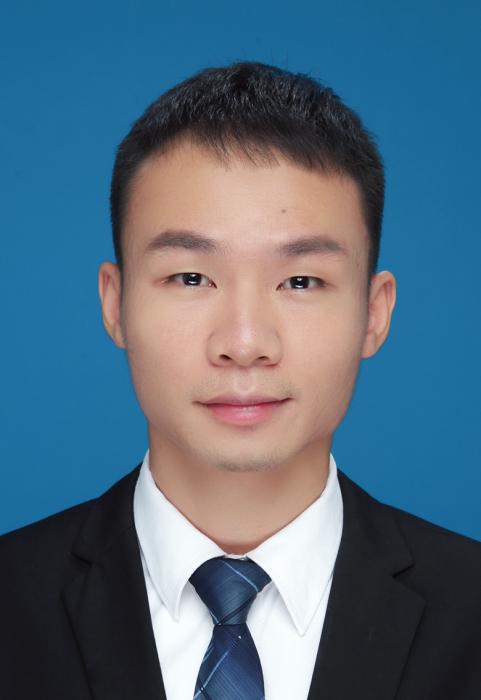Agenda
ME colloquium
- Thursday, 14 December 2023
- 15:30-16:30
- X, Body&Mind studio
Opening the THz band for astronomy
Jochem Baselmans
Opening the THz band for astronomy
In Astronomy new discoveries have always been a direct consequence of new instrumentation, which started with the invention of the telescope by Hans Lippershey in the Netherlands in 1608. Nowadays instrumentation exists across virtually the entire EM spectrum, from radio waves to gamma rays, but one frequency band remains poorly explored: The THz range. This is due to a combination of practical and technical difficulties. First, the atmosphere of the earth is largely opaque and requires telescopes on high and remote locations or space. Second, semiconductor technology is not well suited for the THz range: Amplifiers are too slow, and CCD’s or CMOS detectors have a too large band gap. Hence TU Delft and SRON develop superconducting detector technology to open up the THz window for astronomy. Our detectors are the world’s best and therefore we are the main detector supplier for the NASA FIR probe mission proposals, with the goal of launching the successor of the James Webb Space Telescope with TUD/SRON detectors 10 years from now. In the mean time we have three instruments with our detectors operating at this moment. The most important is Deshima 2.0, using our invention of the on-chip spectrometer as key element. This instrument is fully developed by the experimental astronomy group and operated at the ASTE telescope in Chile. I will discuss our technology, why it is so relevant and what we will try to achieve within the coming years.
Additional information ...Agenda
- Wed, 14 May 2025
- 15:00
- Aula Senaatszaal
PhD Thesis Defence

Bruno Buijtendorp
Low-loss deposited dielectrics for superconducting integrated circuits
- Thu, 15 May 2025
- 16:00
- EEMCS, lecture hall Chip
Microelectronics colloquium

Qinwen Fan
When Precision Meets Power
Conventionally, precision analog/mixed signal IC design and high power electronics are two different worlds, with distinct design considerations and mindsets. The analog/mixed ICs focus on transistor-level perfections, while the high power electronics focuses more on the system level and treats various ICs as “black boxes”.
- Fri, 6 Jun 2025
- 12:30
- Aula Senaatszaal
PhD Thesis Defence

Roberto Pezone
Towards wafer-scale multilayer graphene MEMS condenser microphones
- Fri, 6 Jun 2025
- 15:00
- Aula Senaatszaal
PhD Thesis Defence
